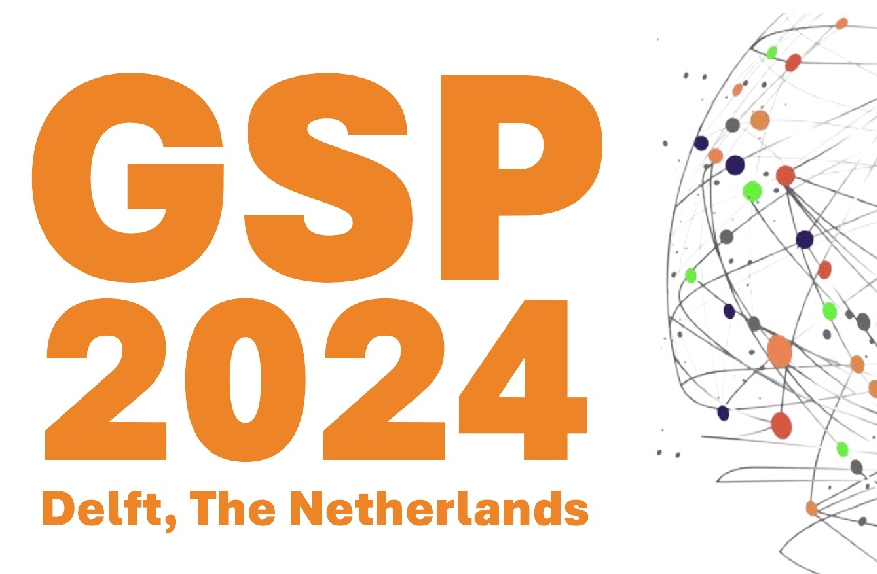Agenda
MSc SS Thesis Presentation
- Friday, 13 December 2019
- 15:00-15:45
- LB01.010 Snijderszaal
Wave Dynamics in Inverse Krylov Subspaces
Joris Belier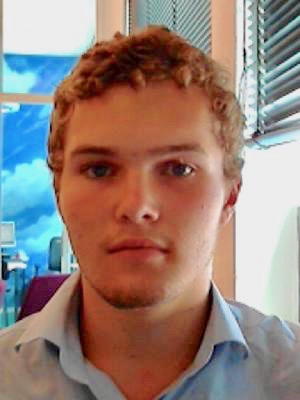
Recent studies have shown an increased interest in modal solutions of wave problems with resonating structures. These studies demonstrate that resonating structures with physical dimensions close to a wavelength can be accurately described by a few relevant resonating modes. The physical dimensions of the demonstrated resonating structures were close to a wavelength, which suggests that these highly-resonating modes have relatively low eigenvalues. Those resonating-modes are therefore dominantly present in Krylov subspaces generated by inverse projections of the wave-operator. Relevant wave dynamics can, therefore, be effectively computed from inverse Krylov subspaces. Furthermore, inverse Krylov subspaces are computationally stable and are therefore a powerful way to compute high-fidelity modal solutions. With interesting applications in high Q-factor wave problems.
The aim of this work is on improving the performance of inverse Krylov subspaces. Improvements to inverse Krylov subspace can be grouped into two approaches. In the first approach symmetry is exploited in the inverse wave-operator for reduced computational complexity and in the second approach the wave-operator is conditioned for desirable characteristics at the relatively low side of the spectrum. We will study several wave-operator configurations and optimize according to those approaches.
Earlier studies have shown that in the dimensions with pseudo-periodic boundary conditions, the double-curl is efficiently eigendecomposed as spatial derivatives are diagonal operators acting on frequency representations. We extend this work by providing an alternative, more compact presentation in the continuous domain of the eigendecomposition of the double-curl. This eigendecomposition is used to create a nullspace free eigenvalue problem.
Consecutively, we analyse the characteristics of the inverse wave-operator with Perfectly Matched Layers (PML). This analysis shows that in terms of inverse Krylov subspaces, the PML is not the obvious choice for the optimal absorbing boundary condition. Most notably, the PML introduces undesirable effects at the lower end of the spectrum, significantly impeding the performance of inverse Krylov subspaces, which leads to the conclusion that absorbing boundary conditions should be reassessed in terms of inverse Krylov subspaces behaviour.
Lastly, we will study the so-called Fixed-Frequency PML (FF-PML), which is a PML inspired time-independent absorbing boundary condition. Our study has shown that the FF-PML is a more suitable absorbing boundary condition candidate for inverse Krylov subspaces. It does not have the undesirable effects at the lower end of the spectrum, which the traditional PML has. Furthermore, and even more importantly, we derive analytic expressions of the inverse wave operator with FF-PML absorbing boundary conditions. This simple and novel insight is easily exploited to invert the wave-operator efficiently, which enables a new approach to the computation of modal solutions of open scattering problems. The first results of which look promising.
Agenda
- Tue, 30 Apr 2024
- 10:00
- HB18.090
MSc SPS Thesis presentation
Wim Kok
A SystemC SNN model for power trace generation
- Mon, 6 May 2024
- 12:30
- Aula Senaatszaal
PhD Thesis Defence
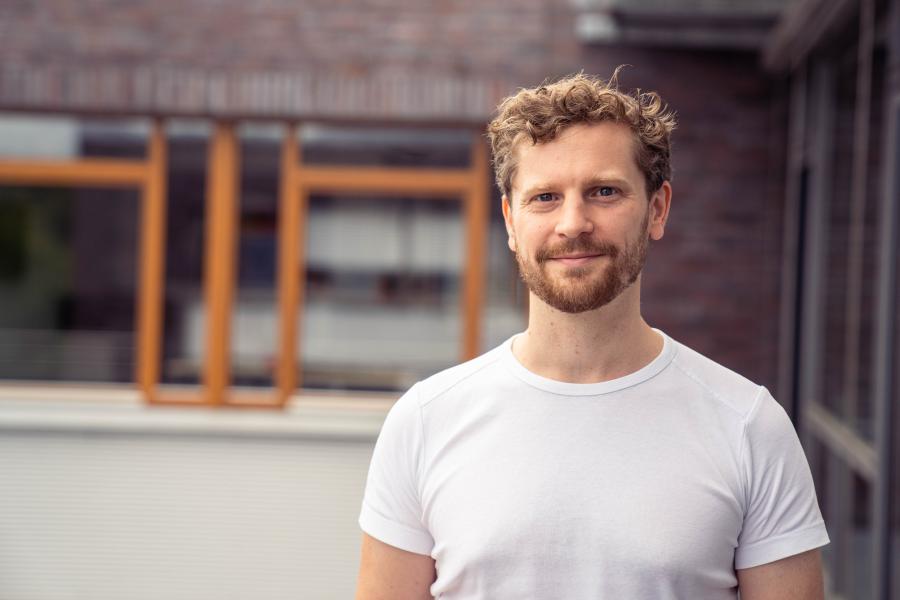
Christoph Manss
Multi-agent exploration under sparsity constraints
- Tue, 21 May 2024
- 10:00
- Aula Senaatszaal
PhD Thesis Defence
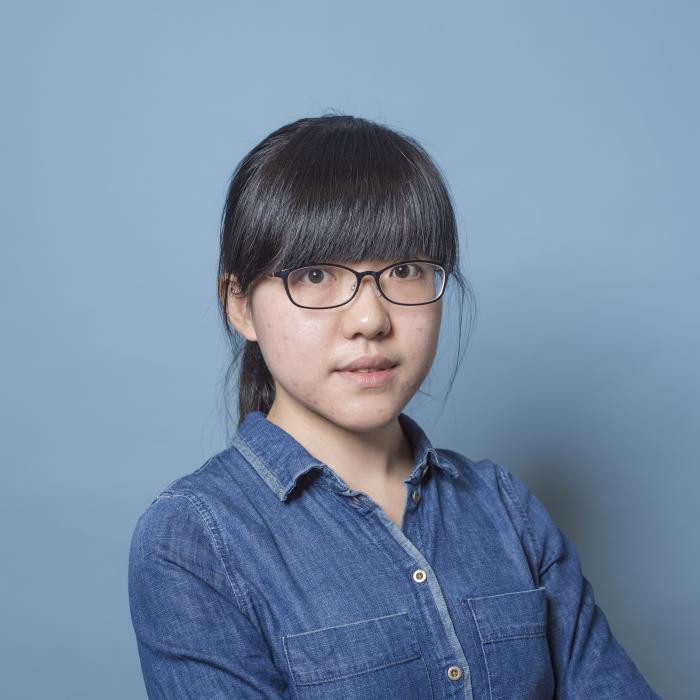
Wangyang Yu
- 27 -- 28 May 2024
- Aula, TU Delft
Conferences

44th Benelux Symposium on Information Theory and Signal Processing (SITB'24, Delft)
- Tue, 18 Jun 2024
- 15:00
- Aula Senaatszaal
PhD Thesis Defence
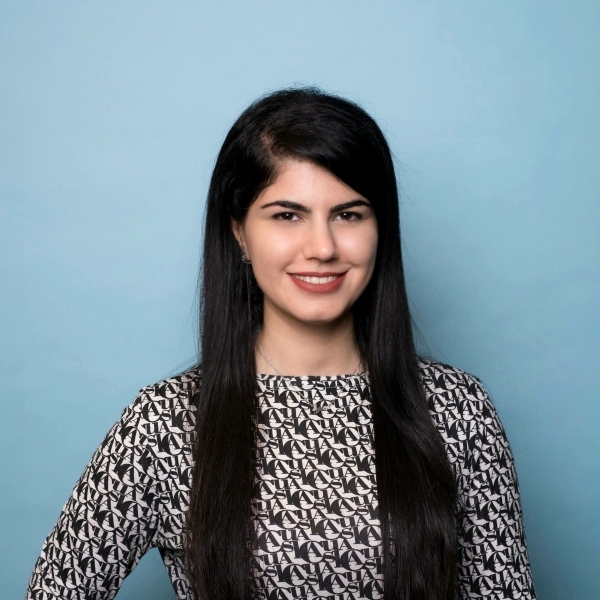
Hanie Moghaddasi
Model-based feature engineering of atrial fibrillation
- Mon, 24 Jun 2024
- Aula, TU Delft
Conferences
